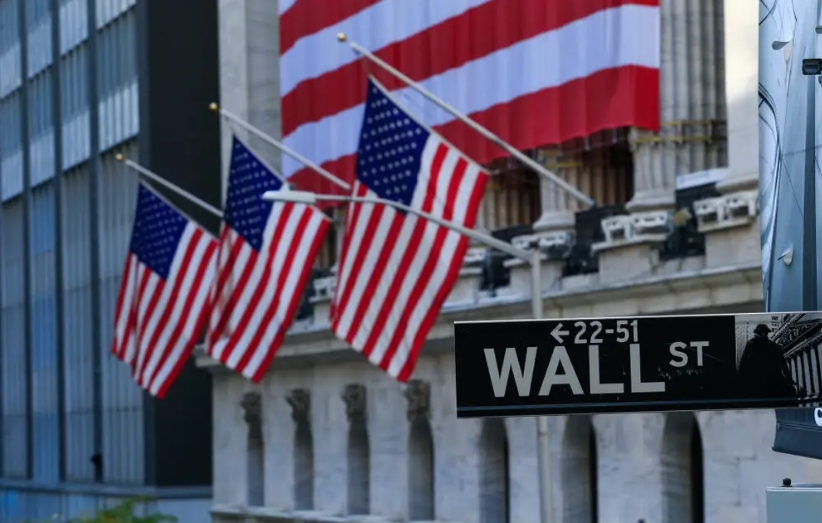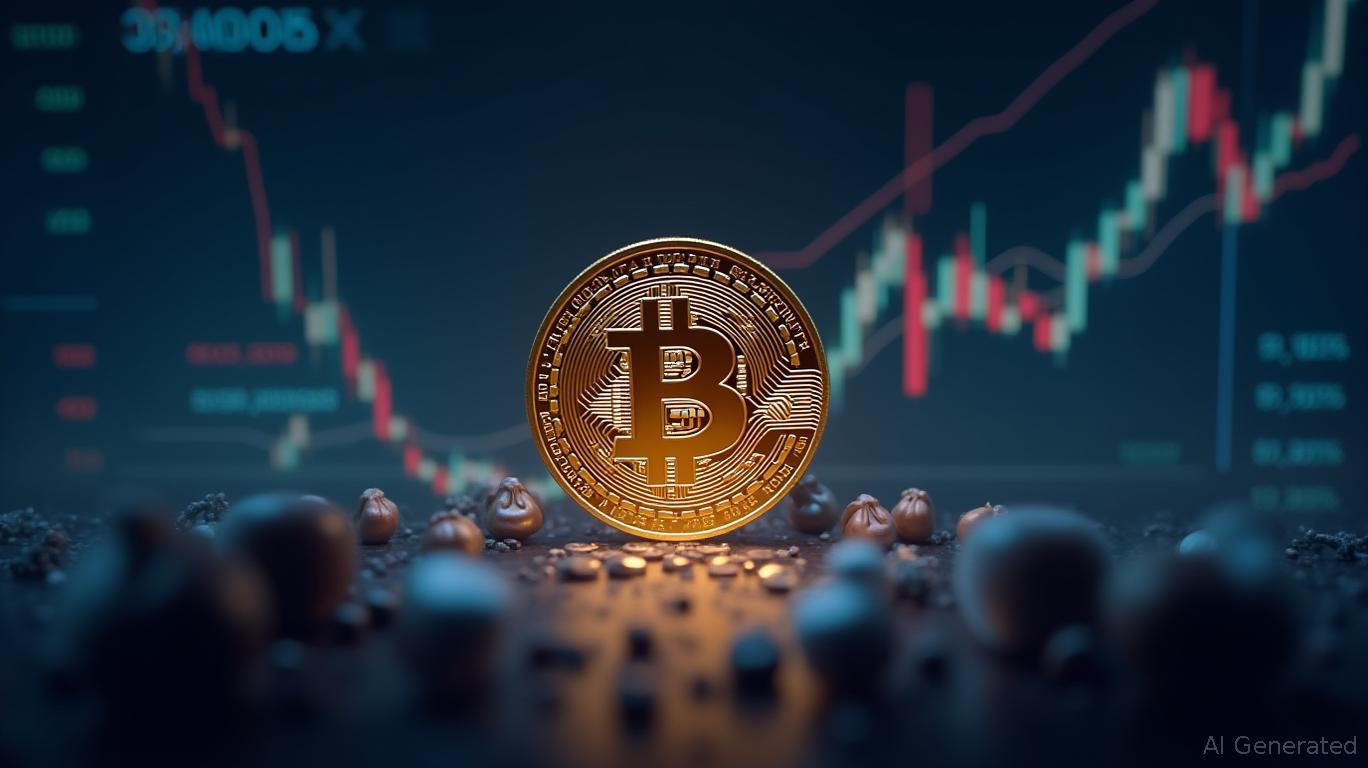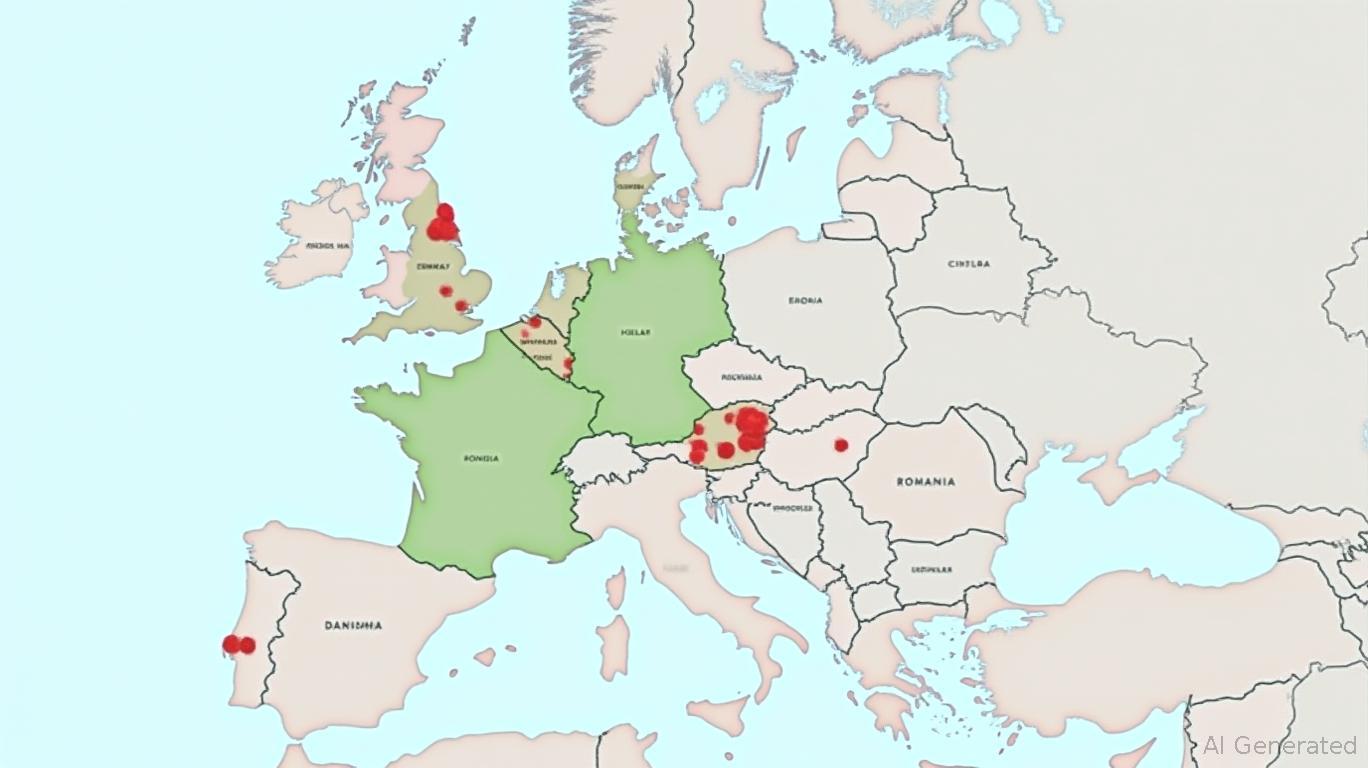Drug Shortages in Europe: Causes, Analysis, and Response
Monday, Nov 25, 2024 6:11 am ET
Drug shortages have become a pressing concern in European markets, with Norway reporting the highest number of packs currently out of stock. This article delves into the causes of these shortages, analyzes the market dynamics at play, and examines the responses by governments, regulatory bodies, and pharmaceutical companies.
Pricing policies and market regulations have significantly contributed to drug shortages in Europe. High operating costs and inflation have made it challenging for manufacturers to maintain supply, especially in markets with lower prices like Norway. The rigidity of pricing and reimbursement systems has limited room for price increases, exacerbating the situation (Source: 1, 3). For instance, Norway's restrictive pricing policies have made it unprofitable for manufacturers to continue supplying certain drugs, leading to shortages of both generic and branded medicines.
Market dynamics, such as parallel trade and demand fluctuations, play a significant role in exacerbating drug shortages. Parallel trade, or the practice of importing medicines from countries with lower prices, can exacerbate shortages in markets with higher prices. This phenomenon is evident in Norway, which has faced a large number of shortages (58% of all packs reporting shortages), suggesting that parallel trade may be a factor (Source: 6). Additionally, demand fluctuations, such as increased uptake of drugs like Novo Nordisk's Ozempic, can lead to shortages, as seen in Belgium where all packs reporting shortages are for semaglutide (Source: 6). These market dynamics highlight the complexity of addressing drug shortages, requiring coordinated efforts by pharmaceutical manufacturers, governments, and regulatory bodies.
Production issues, API supply chain disruptions, and quality control concerns are among the primary factors contributing to drug shortages in Europe. According to GlobalData, 17,250 packs are reporting shortages, accounting for 1,278 active ingredients. Notably, 11% of these active ingredients are in shortage in at least four or more markets, with 1% experiencing shortages in six of the seven assessed markets. This trend reflects the interconnected nature of the pharmaceutical supply chain, where disruptions in one area can ripple through multiple markets. Production issues, including manufacturing difficulties and unavailability of raw materials, are a significant cause of drug shortages, accounting for 45% of reported shortages in the EU. Natural disasters, such as the 2011 earthquake and tsunami in Japan, can also lead to drug shortages by disrupting production and supply chains. The European Medicines Agency (EMA) has been working with EU Member States and the European Commission to monitor and mitigate critical medicine shortages, implementing measures such as regulatory flexibilities and exceptional supplies.
Governments, regulatory bodies, and pharmaceutical companies in Europe are responding to drug shortages through various measures. Key factors influencing these responses include pricing and reimbursement systems, market attractiveness, and the sustainability of the drug market. Some markets, like Norway, are loosening restrictions to address drug shortages (Source: 1). Governments are also taking initiatives to mitigate the impact of drug shortages, such as the European Medicines Agency's (EMA) involvement in coordinating the EU response to supply issues and the establishment of the Medicine Shortages Single Point of Contact (SPOC) Working Party (Source: 2). Regulatory bodies are working with manufacturers to resolve manufacturing and distribution issues, share information about alternative sources of supply, and implement regulatory flexibilities (Source: 3). Pharmaceutical companies are adjusting their strategies to maintain a continuous supply of their medicines, including revising prices upwards to account for inflation-driven cost increases (Source: 1, 4).
The European pharmaceutical market is complex and interconnected, with multiple factors contributing to drug shortages. By understanding and addressing these factors, stakeholders can work together to mitigate the impact of drug shortages and ensure the sustainability of the drug market in the EU.

Pricing policies and market regulations have significantly contributed to drug shortages in Europe. High operating costs and inflation have made it challenging for manufacturers to maintain supply, especially in markets with lower prices like Norway. The rigidity of pricing and reimbursement systems has limited room for price increases, exacerbating the situation (Source: 1, 3). For instance, Norway's restrictive pricing policies have made it unprofitable for manufacturers to continue supplying certain drugs, leading to shortages of both generic and branded medicines.
Market dynamics, such as parallel trade and demand fluctuations, play a significant role in exacerbating drug shortages. Parallel trade, or the practice of importing medicines from countries with lower prices, can exacerbate shortages in markets with higher prices. This phenomenon is evident in Norway, which has faced a large number of shortages (58% of all packs reporting shortages), suggesting that parallel trade may be a factor (Source: 6). Additionally, demand fluctuations, such as increased uptake of drugs like Novo Nordisk's Ozempic, can lead to shortages, as seen in Belgium where all packs reporting shortages are for semaglutide (Source: 6). These market dynamics highlight the complexity of addressing drug shortages, requiring coordinated efforts by pharmaceutical manufacturers, governments, and regulatory bodies.
Production issues, API supply chain disruptions, and quality control concerns are among the primary factors contributing to drug shortages in Europe. According to GlobalData, 17,250 packs are reporting shortages, accounting for 1,278 active ingredients. Notably, 11% of these active ingredients are in shortage in at least four or more markets, with 1% experiencing shortages in six of the seven assessed markets. This trend reflects the interconnected nature of the pharmaceutical supply chain, where disruptions in one area can ripple through multiple markets. Production issues, including manufacturing difficulties and unavailability of raw materials, are a significant cause of drug shortages, accounting for 45% of reported shortages in the EU. Natural disasters, such as the 2011 earthquake and tsunami in Japan, can also lead to drug shortages by disrupting production and supply chains. The European Medicines Agency (EMA) has been working with EU Member States and the European Commission to monitor and mitigate critical medicine shortages, implementing measures such as regulatory flexibilities and exceptional supplies.
Governments, regulatory bodies, and pharmaceutical companies in Europe are responding to drug shortages through various measures. Key factors influencing these responses include pricing and reimbursement systems, market attractiveness, and the sustainability of the drug market. Some markets, like Norway, are loosening restrictions to address drug shortages (Source: 1). Governments are also taking initiatives to mitigate the impact of drug shortages, such as the European Medicines Agency's (EMA) involvement in coordinating the EU response to supply issues and the establishment of the Medicine Shortages Single Point of Contact (SPOC) Working Party (Source: 2). Regulatory bodies are working with manufacturers to resolve manufacturing and distribution issues, share information about alternative sources of supply, and implement regulatory flexibilities (Source: 3). Pharmaceutical companies are adjusting their strategies to maintain a continuous supply of their medicines, including revising prices upwards to account for inflation-driven cost increases (Source: 1, 4).
The European pharmaceutical market is complex and interconnected, with multiple factors contributing to drug shortages. By understanding and addressing these factors, stakeholders can work together to mitigate the impact of drug shortages and ensure the sustainability of the drug market in the EU.

| Market | Number of Packs Reporting Shortages |
|---|---|
| Norway | 58% |
| Slovenia | 20% |
| Italy | 10% |










